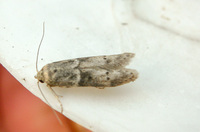
| Recorded by: R. Newman on 2025-11-06
Carteret Co.
Comment: | 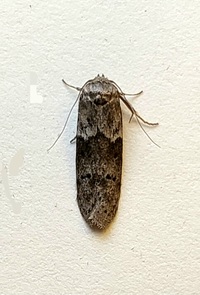
| Recorded by: Mark Basinger on 2025-10-02
Richmond Co.
Comment: |
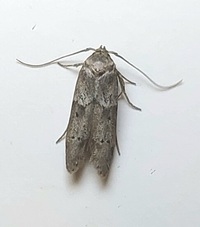
| Recorded by: Mark Basinger on 2025-09-26
Brunswick Co.
Comment: | 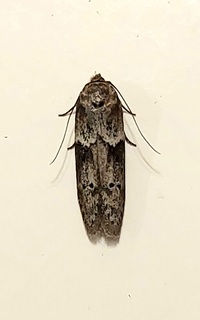
| Recorded by: Mark Basinger on 2025-09-20
Brunswick Co.
Comment: |
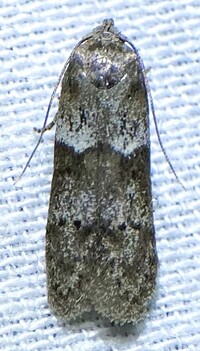
| Recorded by: Dean Furbish and Joy Wiggins on 2025-09-19
Wake Co.
Comment: | 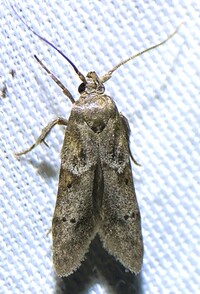
| Recorded by: Dean Furbish and Joy Wiggins on 2025-09-02
Wake Co.
Comment: |

| Recorded by: R. Newman on 2025-08-28
Carteret Co.
Comment: | 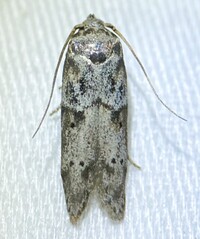
| Recorded by: Dean Furbish and Joy Wiggins on 2025-08-28
Wake Co.
Comment: |

| Recorded by: Jim Petranka, Becky Elkin, Marilyn Westphal, Nora Murdock on 2025-08-25
Henderson Co.
Comment: | 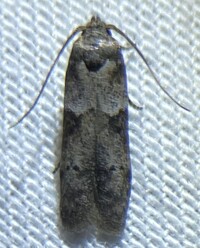
| Recorded by: Dean Furbish on 2025-08-25
Wake Co.
Comment: |
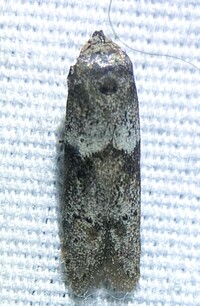
| Recorded by: Dean Furbish, Lior S. Carlson, Randy Emmitt on 2025-08-12
Alamance Co.
Comment: | 
| Recorded by: Melody McMichael on 2025-08-06
Forsyth Co.
Comment: |

| Recorded by: Melody McMichael on 2025-08-06
Forsyth Co.
Comment: | 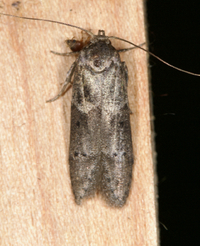
| Recorded by: Jim Petranka, Mark Basinger and Becky Elkin on 2025-08-03
Moore Co.
Comment: |

| Recorded by: Emily Stanley on 2025-07-29
Buncombe Co.
Comment: | 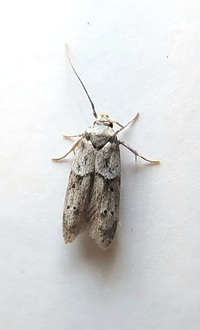
| Recorded by: Mark Basinger on 2025-07-23
Brunswick Co.
Comment: |
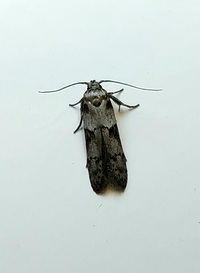
| Recorded by: Mark Basinger on 2025-07-20
Brunswick Co.
Comment: | 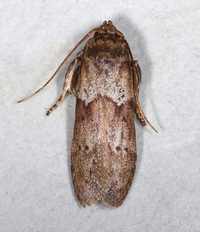
| Recorded by: Jim Petranka on 2025-07-18
Madison Co.
Comment: |

| Recorded by: B. Bockhahn on 2025-07-03
Macon Co.
Comment: | 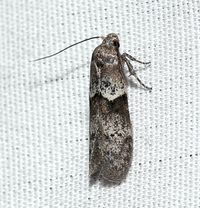
| Recorded by: David George, David Cheng, Patrick Coin on 2025-06-29
Richmond Co.
Comment: |
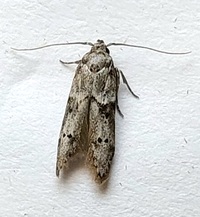
| Recorded by: Mark Basinger on 2025-06-02
Brunswick Co.
Comment: | 
| Recorded by: David George, Jeff Niznik on 2025-05-24
Richmond Co.
Comment: |
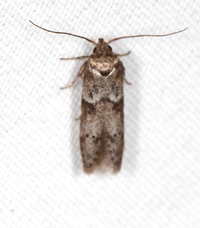
| Recorded by: Jim Petranka and Becky Elkin on 2025-05-23
Richmond Co.
Comment: | 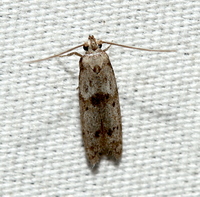
| Recorded by: David George, Jeff Niznik, Brian Bockhahn, Jim Petranka, John Petranka, Becky Elkin on 2025-05-09
Cumberland Co.
Comment: |
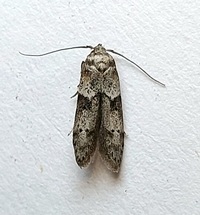
| Recorded by: Mark Basinger on 2025-04-25
Brunswick Co.
Comment: | 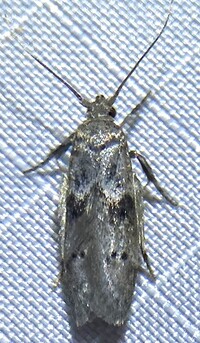
| Recorded by: Dean Furbish on 2025-04-09
Wake Co.
Comment: |

| Recorded by: Dean Furbish on 2025-04-09
Wake Co.
Comment: | 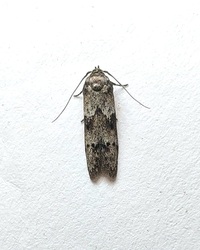
| Recorded by: Mark Basinger on 2025-03-24
Brunswick Co.
Comment: |

| Recorded by: John Petranka on 2024-09-22
Orange Co.
Comment: | 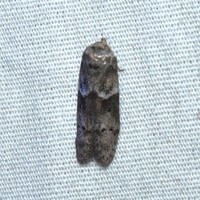
| Recorded by: David George, Jeff Niznik on 2024-09-21
Chatham Co.
Comment: |
|

 »
»
























